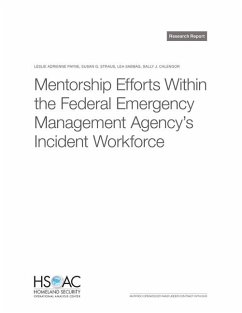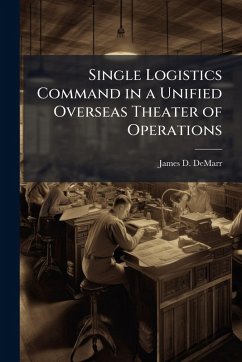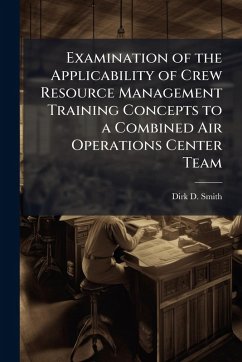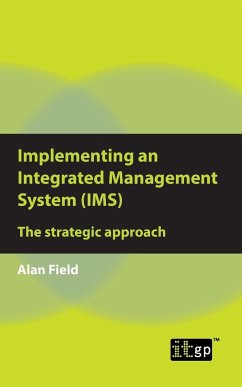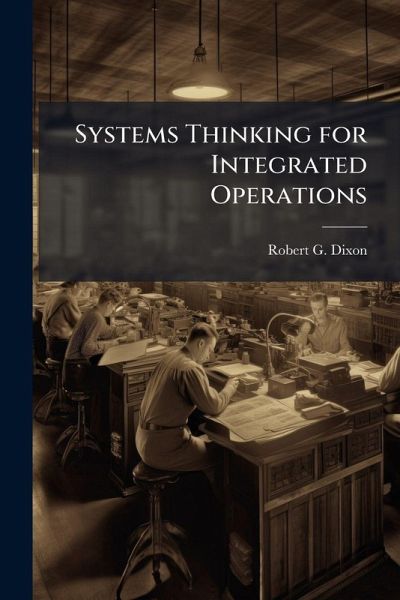
Systems Thinking for Integrated Operations

PAYBACK Punkte
8 °P sammeln!
In the wake of Hurricane Katrina, a national debate emerged regarding the ability of the federal government to coordinate the actions of multiple departments and agencies. Obstacles to effective interagency cooperation include cultural differences, organizational biases, personality conflicts, budget disputes, and, most significantly, processes, procedures, and the way each agency approaches problem solving. While the Hurricane Katrina response is considered by many to be an anomaly, there is ample evidence that the problems within the interagency process experienced in Katrina are not isolate...
In the wake of Hurricane Katrina, a national debate emerged regarding the ability of the federal government to coordinate the actions of multiple departments and agencies. Obstacles to effective interagency cooperation include cultural differences, organizational biases, personality conflicts, budget disputes, and, most significantly, processes, procedures, and the way each agency approaches problem solving. While the Hurricane Katrina response is considered by many to be an anomaly, there is ample evidence that the problems within the interagency process experienced in Katrina are not isolated phenomena. The inability to coordinate across organizational boundaries is a common complaint by those who have engaged in the process. This study proposes that much of the difficulty in dealing with other agencies is about how each organization approaches problem solving and subsequently how they design operations based on how they understand the problem. The crux of the issue in interagency tension is not how the agencies are organized or run, but how they think. Doctrinally, the military distinguishes between a strategic, an operational, and a tactical level of war. The operational level links tactical action to strategic aims. The purpose of this level is to ensure that the military expends its resources on those things that are most important and relevant to ensuring the attainment of strategic goals as set forth in national policy. There is little evidence that the organizations working disaster response or recovery have any construct similar to the operational level the military uses. Every federal agency has some form of doctrine, whether it is as formalized as the military or not. Difficulty arises when the agencies must work together, and the doctrine is not compatible. There appears to be a gap in the thought processes in the interagency that does not account for translating national policy objectives to tactical action. It is the lack of this level of thought tha This work has been selected by scholars as being culturally important, and is part of the knowledge base of civilization as we know it. This work was reproduced from the original artifact, and remains as true to the original work as possible. Therefore, you will see the original copyright references, library stamps (as most of these works have been housed in our most important libraries around the world), and other notations in the work. This work is in the public domain in the United States of America, and possibly other nations. Within the United States, you may freely copy and distribute this work, as no entity (individual or corporate) has a copyright on the body of the work. As a reproduction of a historical artifact, this work may contain missing or blurred pages, poor pictures, errant marks, etc. Scholars believe, and we concur, that this work is important enough to be preserved, reproduced, and made generally available to the public. We appreciate your support of the preservation process, and thank you for being an important part of keeping this knowledge alive and relevant.





